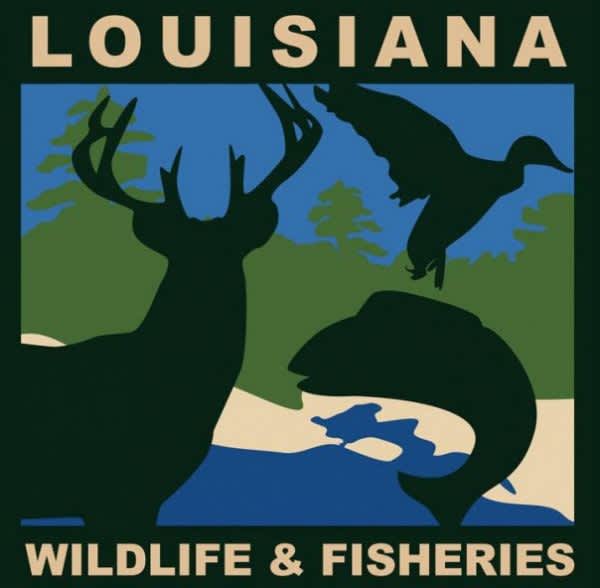Hemorrhagic Disease Outbreak in Louisiana White-tailed Deer

The Louisiana Department of Wildlife and Fisheries (LDWF) has received numerous reports of dead and dying white-tailed deer this fall. The reports have come primarily from the parishes that border the Mississippi River in south Louisiana but scattered reports have come in from all over the state. Many of these deaths can be attributed to hemorrhagic disease.
Hemorrhagic disease (HD) is a viral disease syndrome caused by either epizootic hemorrhagic disease virus (EHDV) or bluetongue virus (BTV). These Orbiviruses are related but are genetically different. They are spread by biting gnats of the genus Culicoides, resulting in seasonal occurrence of HD. Typically, factors that favor the vectors are a rainy spring followed by a dry June. Events such as flooding which congregate deer also seem to worsen disease outbreaks. HD is not contagious to people and consumption of meat from HD-infected animals poses no threat to humans.
Some deer are protected by local immunity and may exhibit very mild or no disease. These affected deer may recover and develop antibodies to the disease. Many if not most Louisiana deer will likely be exposed to HD at some point in their lives.
Clinical HD in deer presents itself in three ways:
1) Peracute form: These deer may exhibit no signs and simply be found dead or may be lethargic with swelling of the tongue, head or neck.
2) Acute form: Typically these deer live somewhat longer than those with the peracute form and may exhibit the same swelling as listed above as well as some erosions or ulcers in the mouth. They may also exhibit hemorrhages in the eyes and internal organs.
3) Chronic form: Deer which survive the original viral insult will often exhibit hoof-sloughing and weight loss. Some deer may survive this stage. The original infection kills the lining of the rumen (first stomach chamber) and these deer are unable to gain nutrients from the food that they consume. They typically become progressively more emaciated throughout the fall and severely affected deer succumb to the elements during the winter.
In the worst cases, mortality ranging from 25 to 50 percent of a deer herd can occur from HD. It is possible that some areas in the state may experience this level of mortality this year.
Many of the sick or dead deer reports are coming from areas flooded during and after Hurricane Isaac. Fawn mortality was high in some of these areas. The additional mortality from HD is not unexpected and was one of the reasons for the season reductions around Lake Maurepas, Plaquemines and St. Bernard parishes. Hunters in the river parishes, other hurricane flooded portions of the state, and whom have observed additional adult deer mortality may want to be more conservative and limited in their deer harvests this season. However, obviously emaciated and sick deer should be harvested, and if you have concerns or questions about your deer herd please contact a LDWF biologist.
White-tailed deer are one of nature’s most resilient and productive big game animals. Louisiana native white-tailed deer are especially adapted to withstand seasonal HD and other southern diseases. Deer that survive disease outbreaks develop resistance and therefore can pass on the genetic traits that helped them survive to their offspring. Pen-raised and imported deer do not have the disease resistance that native wild deer have to local virus strains, and may harbor strains which are not normally found locally and may therefore be a threat to the native wild populations.
Hunters are encouraged to report sick and dying deer to their regional LDWF office. If specimens are fresh enough LDWF biologists may be able to obtain samples for viral testing. To date, EHDV-1, EHDV-2 and a new virus, EHDV-6 have been isolated from samples submitted by biologists.

